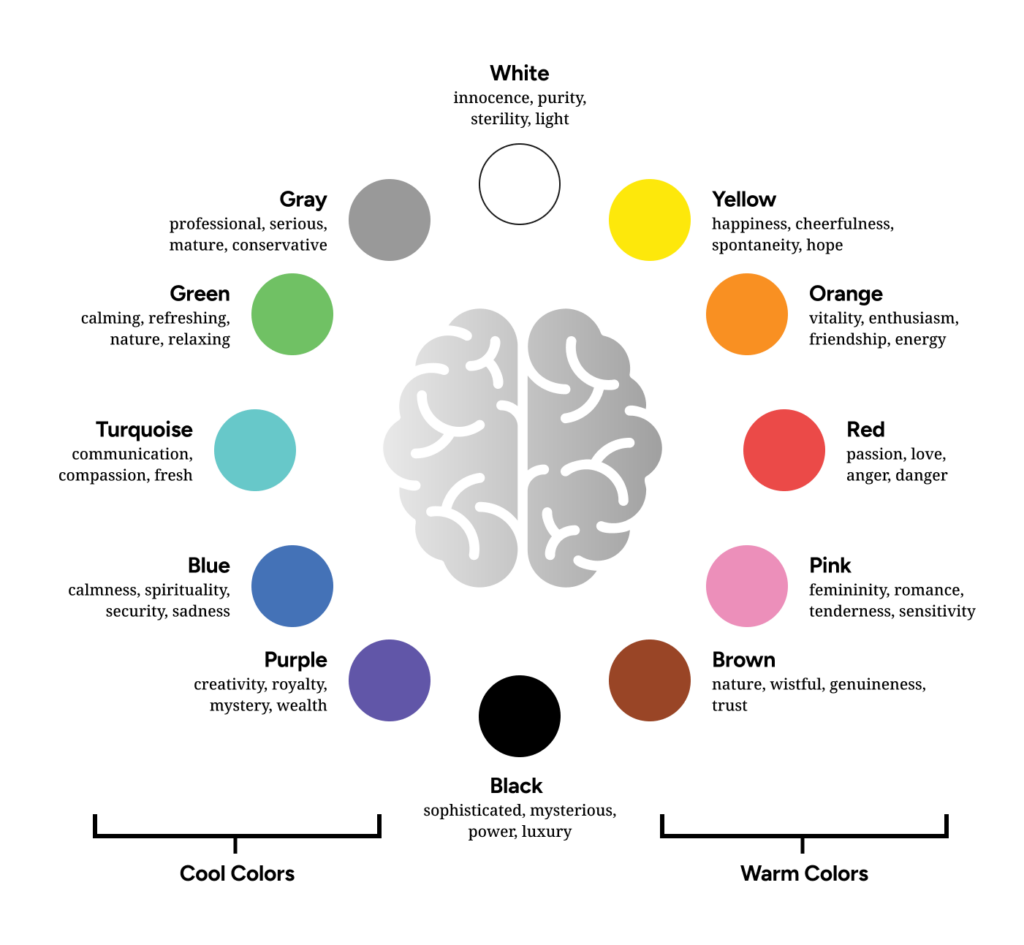User Experience is often associated with research and design processes that seek to enhance interaction between users and a product or service, with an emphasis on achieving accessible, intuitive interfaces that effectively address individuals’ needs.
However, according to the 2022 report from the Spanish National Health System (SNS), mental health conditions affect 369.5 individuals per 1,000 inhabitants in Spain. The World Health Organization (WHO), in its 2022 publication “World Mental Health Report: Transforming Mental Health for All”, estimated that almost 1 billion people are affected globally. Stress, anxiety and depression are the most frequent conditions, followed by sleep disturbances and eating disorders.
Thus, in a context where we spend nearly seven hours a day online, UX can serve as a powerful tool to promote user well-being. Below, we will explore various strategies to enhance quality of life and drive positive change.
1. Clear and positive interaction
Simple interfaces that minimise distractions can reduce stress and anxiety. They allow users to reduce cognitive effort, allowing for greater focus on achieving their goals within the platform. Removing unnecessary components and steps, simplifying menus, limiting the number of alerts and notifications and including brief, direct text all contribute to a more efficient and relaxed experience.
Interaction also takes into account the feedback the user receives in response to their use of the product or service, helping them understand their errors or progress. If this feedback is perceived as criticism, it may result in frustration and adversely affect their self-esteem and emotions. Positive feedback, on the other hand, encourages satisfaction, motivation and personal growth.
2. The impact of colours
Colour psychology studies the impact of different colours on human behaviour, perception and emotions. Far from being a purely aesthetic choice, the tone of a component elicits feelings and alters the user’s mood. According to a study published in the journal “Frontiers in Psychology”, strong saturated colours, such as red and orange, stimulate and encourage action, whereas softer tones, like blue and green, convey calmness and concentration.
Similarly, the use of white space allows for breaks and helps reduce visual fatigue, easing the mental effort individuals need to exert to understand and structure information. This concept, known as the negative space of an interface, is a key element for directing user attention, minimising eye movement and enhancing readability.

Source
3. Incorporation of natural elements
Human beings are biologically and genetically connected to nature, which is why contact with it is associated with reduced stress and improved mental and physical health. Urban environments, characterised by traffic, noise, lighting, air pollution and high population density, create a persistent feeling of sensory overload and fatigue for those living in such settings.
This knowledge can be applied to the design of interfaces that make use of colours, sounds, images or textures reminiscent of nature. Therefore, organic shapes and patterns that mimic contact with vegetation, animals, water, the sky or stone promote a calmer and more enjoyable experience with digital products.
4. Personalisation and gamification
In recent decades, there has been a significant shift in user expectations and demands, as they increasingly reject standardised products in favour of options that better align with their identity and lifestyle. Personalisation makes the user feel understood and valued, reinforces their sense of control and increases overall satisfaction with the decisions they make.
Gamification, on the other hand, is based on motivating the user through a system of challenges, levels and rewards. This allows them to experience the satisfaction of small achievements, while also becoming aware of their personal growth and improving their self-esteem. It also aids in managing frustration in the face of obstacles, encourages commitment to their goals and fosters the development of consistent and resilient habits.

Source: Fireart
5. Various forms of support
Facilitating access to support and assisting the user within an interface is another form of accessibility. This can be achieved through a variety of resources: from the incorporation of tooltips or contextual messages to the creation of tutorials, chatbots, FAQ pages or community forums. It is also important to provide contact methods for human assistance, whether via telephone or email. Some users may have telephobia and experience anxiety during phone calls, so having a range of options allows them to choose the one with which they feel most at ease.
This strategy reduces the stress and frustration the individual faces when encountering an issue with a product or service, as it provides them with the means to understand and address the situation. The use of chatbots with a friendly and empathetic personality also allows for a conversation to be had with the consumer, providing emotional support and enhancing their overall well-being in a seamless and natural manner.
At GammaUX, we have over 15 years’ experience in designing interfaces that prioritise people’s well-being. If you are looking to enhance your product or service and deliver a great user experience, our team of professionals will assess your situation and provide guidance on the best course of action. We look forward to assisting you!


